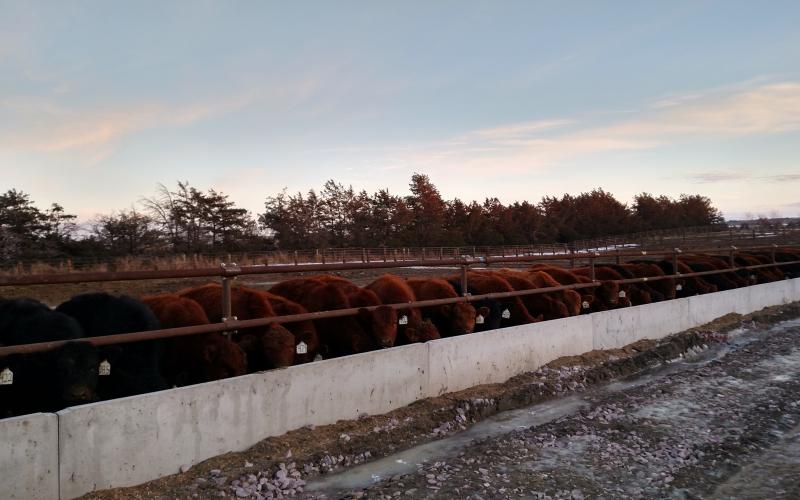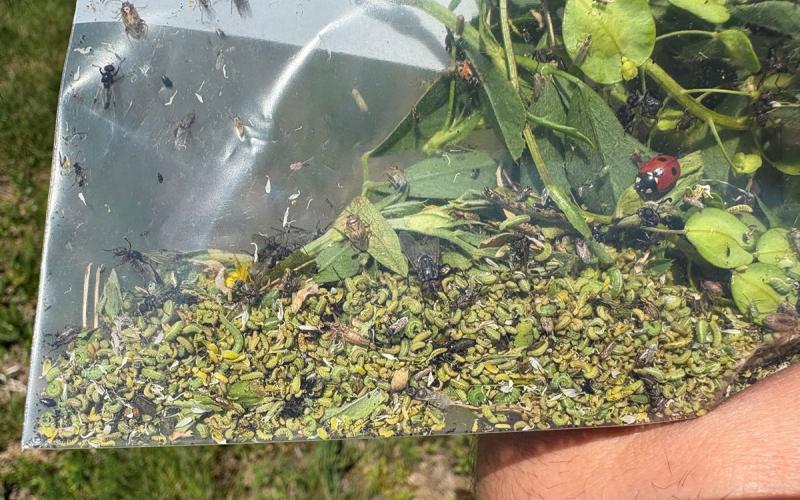The Forage Inventory and Demand Calculator is an Excel-based calculator that compares the quantity (tons) of forage available and the quantity of forage needed to meet feed requirements on a livestock operation.
Forage inventory is a detailed description of the forage on hand, including bale count and weight or tonnage for bulk feeds. Two types of forage are identified in the calculator: baled and bulk. Examples of baled forages: first cutting alfalfa, grass hay, corn stalk bales and straw (intended for feed); bulk forages: corn silage and ground hay.
The demand tab is where livestock inventory by class is completed to determine forage needs. The more detailed the livestock inventory, the more accurate the results. Example: If 120 feeder steers are fed for 5 months, they weigh 600 pounds and are sold at 1,000 pounds. These steers could be entered as a one-line entry, Steers, 120 head, 850#, 5 months. This entry yields a demand of 176 tons. To be more accurate, if the anticipated gain is 3 pounds per day, this could be a five-line entry based on 100# weight increases 600 pounds to 1,000 pounds. Through this entry method, the forage needed is 166 tons.
Steps
- Count and weigh (if possible) all available baled and bulk forages on hand. Utilitze a separate line for each quality/type of feed.
- Determine a value for the forages. Value can be production cost, purchase price or market value.
- Determine the class and weight of livestock. Remember that increased detail improves the accuracy of the output.
- Include all animals utilizing forage resources: horses, 4-H and FFA project animals, other pets.
- Evaluate feeding methods, i.e., bunks, hay feeder type, feed on the ground.
Interpretation
The Results tab compares the total inventory of baled and bulk forages against the forages required for the livestock inventory.
Further, the calculator determines the tons of forages required, including waste. As all feeding systems incur some waste, this is essential in determining how much feed is needed for the livestock. Utilize the waste amount that best matches your feeding system. For example, bales placed in round bale feeders with a lower quality of feed will likely result in 20% waste, but higher quality ground hay fed in a bunk may be closer to 5% waste. Evaluate your feeding system to determine the waste that most closely matches your system.
The Results tab also provides an estimated value of the forage excess or deficit, including wasted forages. This number can assist with cash flow planning for future feed purchases or enterprise changes.


